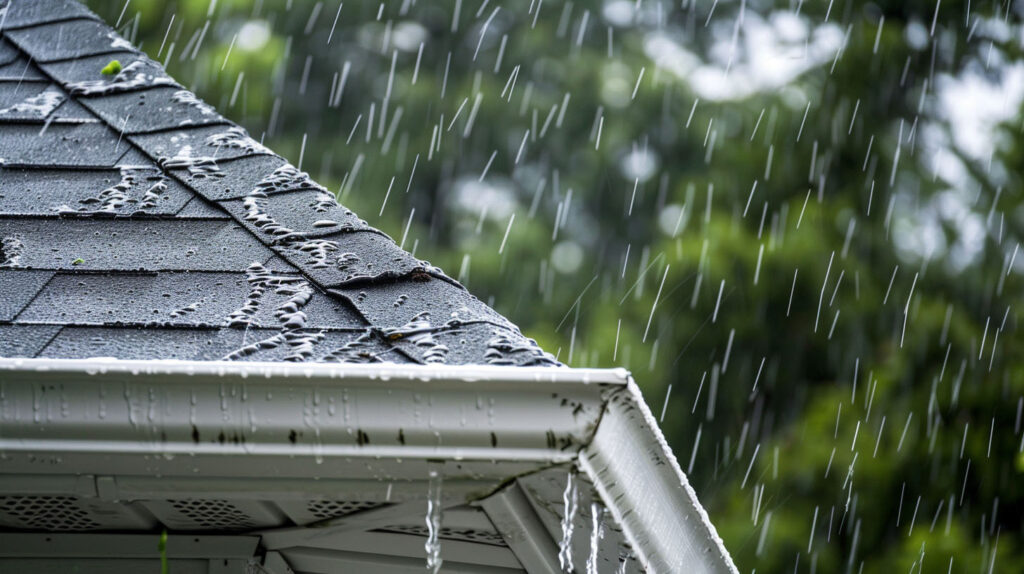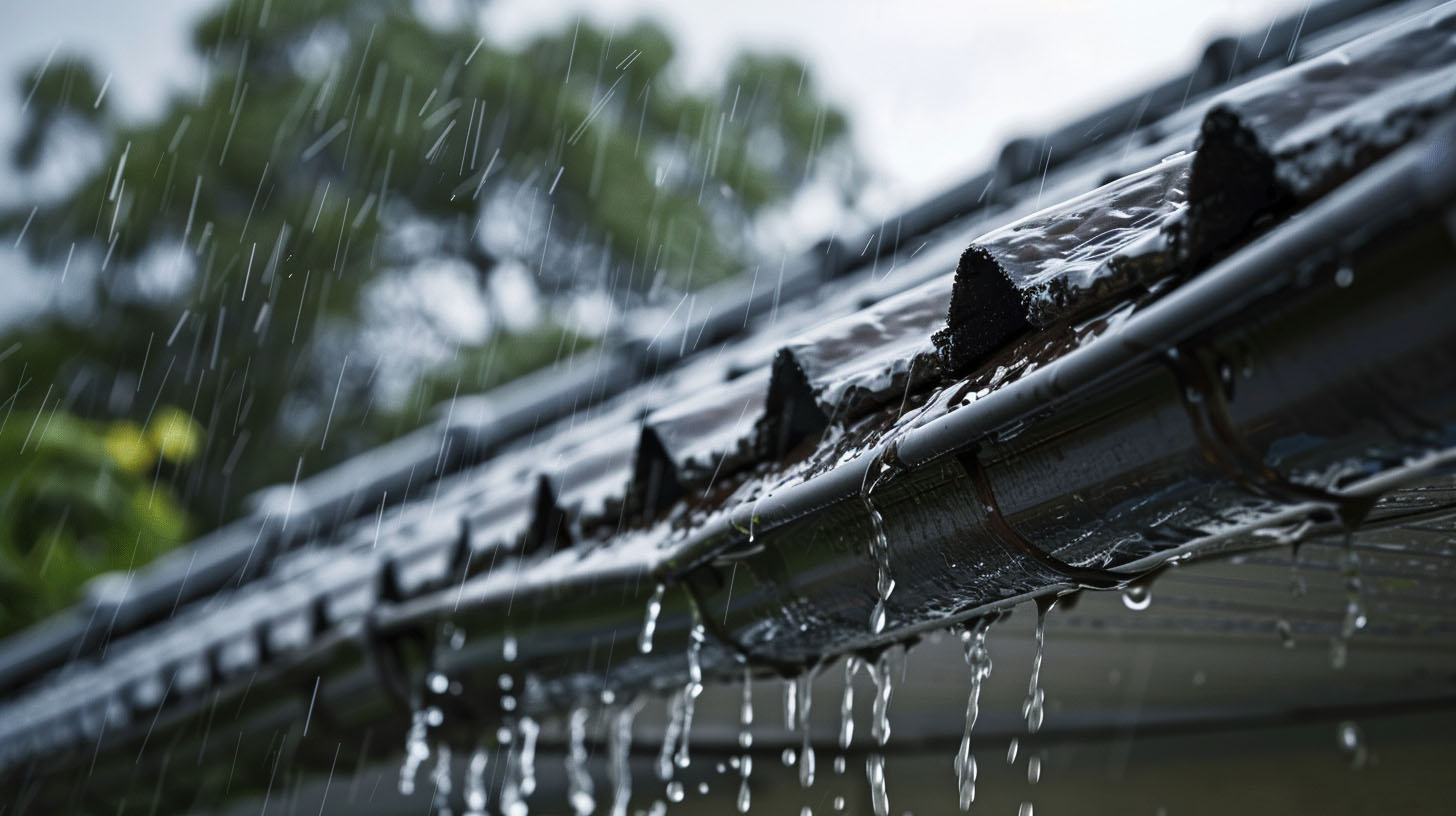How Rainy Winters Affect Roof Performance in California
Rainy winters in California are notorious for testing the limits of roof performance. Heavy rain combined with fluctuating temperatures can cause damage over time. Whether it’s water infiltration or structural deterioration, your roof faces significant challenges during these months. At Specialist Roofing & Roof Repair, we understand how vital regular maintenance is for keeping your roof in peak condition. Protect your investment by staying ahead of potential issues with the help of reliable roofing services designed for California’s in Burbank, CA unique climate.
Understanding California’s Rainy Winter Climate
California’s winter months come with unpredictable weather conditions that affect roofing systems. Unlike the predominantly sunny climates, winter brings heavy rain that can saturate and weaken roofing materials, increasing the risk of water damage.
Even though California isn’t known for year-round storms, the winter months create a unique challenge for roofs due to consistent rainfall and temperature changes. These factors highlight the need for choosing the right materials and scheduling regular inspections. Understanding the weather’s impact is key to safeguarding your property.
Typical Rainfall Patterns in Southern California
Southern California experiences unique rainfall patterns characterized by a Mediterranean climate, where most precipitation occurs during the winter months. The region typically sees heavy rain from December to March, which can lead to significant moisture exposure for roofing materials. These weather elements contribute to the potential for water infiltration, raising serious concerns for property owners regarding the integrity of their roofs. Understanding these patterns is crucial for implementing preventive measures that ensure the longevity and performance of roofing systems.

How Winter Storms Differ from Other Seasons
Winter storms in California present unique challenges that differentiate from other seasons. Strong winds, heavy rainfall, and heavy snow, along with heavy snowfall, create significant stress on roofing systems, causing increased risks of water infiltration and structural damage. During winter months, the combination of moisture exposure and fluctuating temperatures can lead to thermal shock, affecting the integrity of your roof. Unlike dry seasons, these storms can exacerbate minor issues, necessitating regular maintenance and timely inspections to prevent costly repairs and ensure a roof’s longevity.
Common Roofing Materials Used in California
Asphalt shingles, tile, and metal roofing are commonly chosen for their adaptability. These materials handle thermal resistance during summer and moisture control in winter. Investing in suitable roofing materials designed for the region’s specific challenges ensures improved durability and weather resistance.
Asphalt Shingles, Tile, and Metal Roofs
Various roofing materials are utilized in California, each offering distinct advantages. Asphalt shingles are a popular choice due to their cost-effectiveness and ease of installation, though can face moisture exposure during heavy rainfall. Tile roofs, while durable and aesthetically pleasing, may require regular maintenance to prevent water infiltration. Metal roofs stand out for their wind resistance and longevity, making well-suited to endure the intense weather elements of winter months. Selecting the right materials can significantly impact the integrity of your roof.
Performance of Popular Brands: Owens Corning, Polyglass, GAF, CertainTeed, ASC
Specialist Roofing & Repair installs trusted brands like Owens Corning, Polyglass, GAF, CertainTeed, and ASC to enhance long-term roof performance.
Owens Corning provides high-quality materials tailored for moisture resistance, while Polyglass excels in versatile roofing systems known for their durability. GAF integrates innovative designs to resist rain penetration, and CertainTeed strengthens underlayment for optimal protection. ASC specialises in metal solutions suited for challenging weather.
Partnering with these reputable manufacturers ensures roofs endure heavy rain exposure while maintaining their integrity for the long run.
Effects of Heavy Rain on Roof Performance
Heavy rain plays a significant role in testing the resilience of your roof. Prolonged exposure often leads to water penetration, causing critical damage to structures beneath.
Roof performance weakens as moisture affects key components such as flashing, underlayment, and shingles. Ignoring the impact of heavy rainfall can result in costly repairs and structural risks. Recognising how rain deteriorates roofing systems enables homeowners to take preventive measures before extensive damage occurs.

Increased Risk of Leaks and Water Intrusion
Rain infiltration is one of the most pressing threats to roofs during the winter, alongside ice dams. As water accumulates on vulnerable areas, it often seeps into cracks and openings, leading to potential leaks. when water freezes.
Wind-driven rain adds another dimension to the risk, making shingles and flashing susceptible to lift. Once water penetrates, moisture buildup results in visible stains and damage to interior systems.
Preventing leaks starts with immediate inspection and waterproofing solutions. Keeping your roof structurally intact minimizes long-term risks caused by heavy rainfall exposure.
Impact on Roof Underlayment and Flashing
Heavy rain can compromise crucial elements like underlayment and metal flashing. Underlayment serves as a protective barrier against moisture but deteriorates with long-term exposure to rain, leading to structural issues.
Metal flashing, often installed around roof protrusions, is prone to corrosion. Rain coupled with moisture buildup weakens the flashing’s integrity, creating pathways for water infiltration.
Maintaining these components through regular inspections helps secure your roof against heavy rain’s damaging impact. Quick repairs ensure better performance during the toughest winter seasons.
Signs of Rain-Related Roof Damage
Spotting damage early is crucial for protecting your roof from severe winter elements. Rain-related roof issues often manifest as visible clues, including water stains and mold formation.
More advanced signs such as sagging or missing shingles indicate worsening conditions that require immediate attention. Identifying these warning indicators ensures damages are corrected before escalate into costly repairs.
Detecting Water Stains and Mold Growth
Water stains and mold growth are clear indicators of moisture exposure on roofs. Here are key signs to watch for:
- Stains on ceilings and walls signal water penetration through leaks.
- Mold or mildew collections suggest prolonged moisture buildup.
- Discolored patches on shingles reveal water infiltration issues.
- Odors from damp areas can indicate stagnating moisture requiring urgent treatment.
Addressing these problems promptly prevents further damage and keeps your home safe and dry throughout rainy winters.
Identifying Sagging, Warping, or Missing Shingles
Warped or missing shingles compromise the roof’s integrity during rainy periods. Look for:
- Sagging areas as suggest structural damage caused by trapped water.
- Warped shingles signaling direct impacts of moisture exposure and wear.
- Unattached shingles increasing risks of rain infiltration during storms.
- Crumbling edges showing signs of prolonged material weakness.
Each of these indicators requires thorough examination and repair to safeguard your property before winter conditions worsen existing flaws.

What’s Next
In conclusion, understanding the intricate relationship between rainy winters and roof performance is essential for property owners in California. Regular roof inspections and maintenance can significantly mitigate the risks of water infiltration and structural damage, preserving the integrity of your roof. Adopting the right materials tailored for the region and implementing preventive measures will ensure the longevity of your roofing system. Vigilance against the signs of damage not only protects your investment but also provides peace of mind during heavy rain and severe weather conditions.
Frequently Asked Questions
Does rain affect the roof?
Yes, rain can significantly impact your roof by causing water infiltration, potential leaks, and material degradation. Heavy rainfall exposes significant risks by revealing weak spots, leading to moisture buildup and damage. Proper maintenance and timely checks help safeguard against weather-related issues.
How long will a roof last in California?
Roof lifespan in California varies based on materials used and maintenance frequency. With regular upkeep considering weather elements, asphalt shingles can last 20-30 years, while metal roofs can endure 40-70 years, offering long-term performance.
How does weather affect roofing work?
Weather directly influences roofing work by affecting safety and timelines. For example, extreme heat or heavy rains can delay necessary repairs, leading to serious damage if not addressed promptly. Professional roofing contractors implement strategies to ensure effective outcomes despite weather conditions.
Read our blog: What Makes a Roof “Green” or Eco-Friendly?



